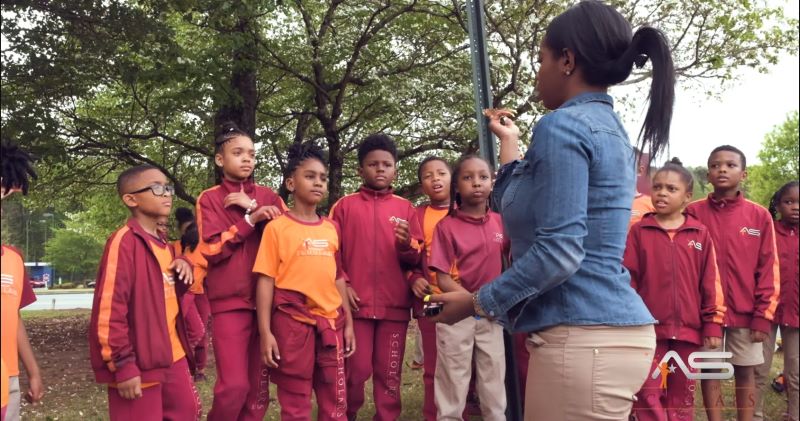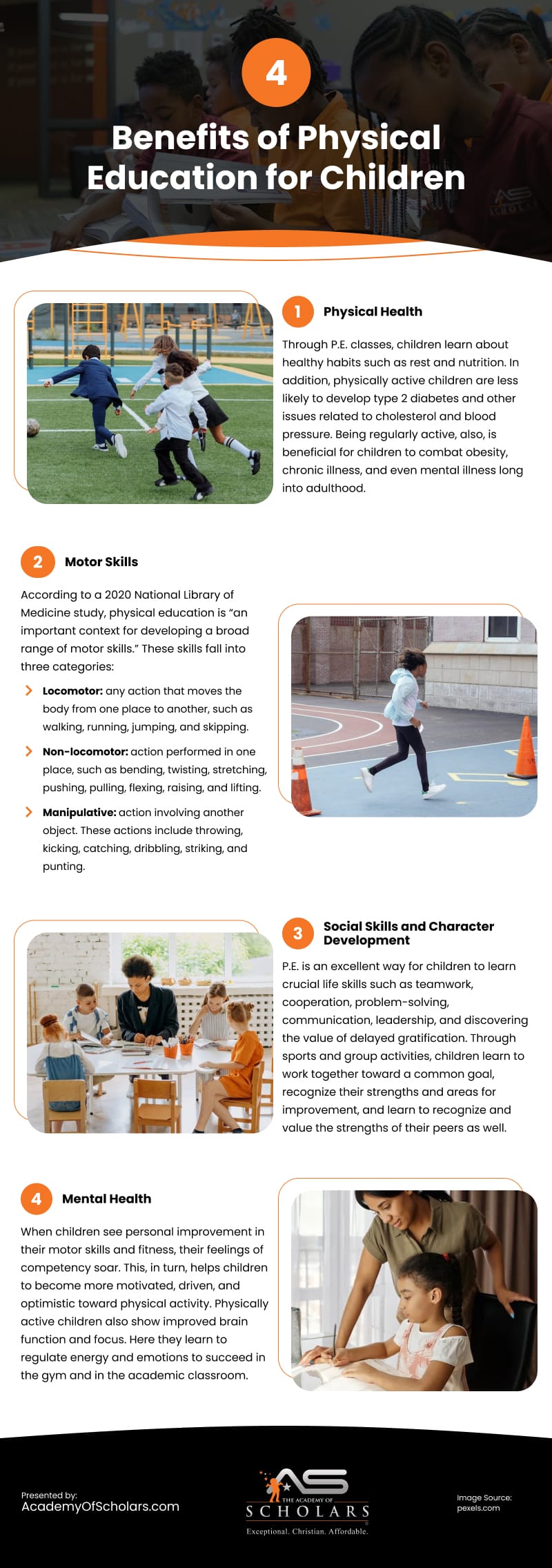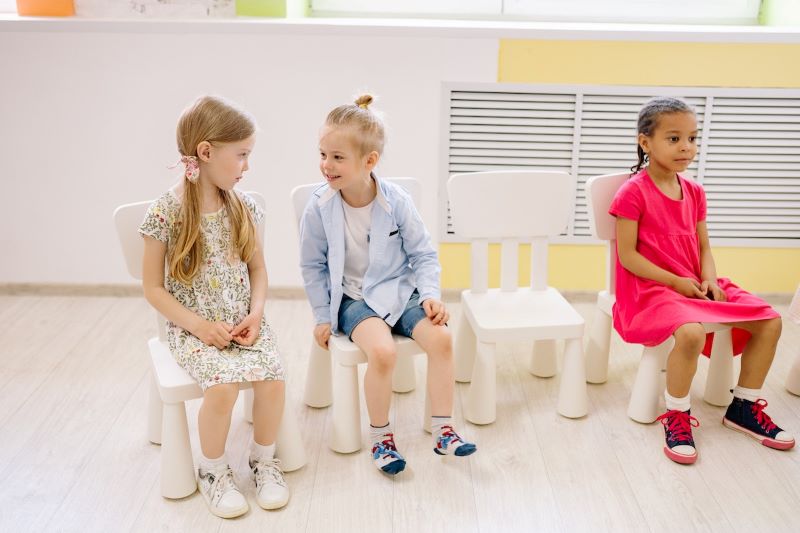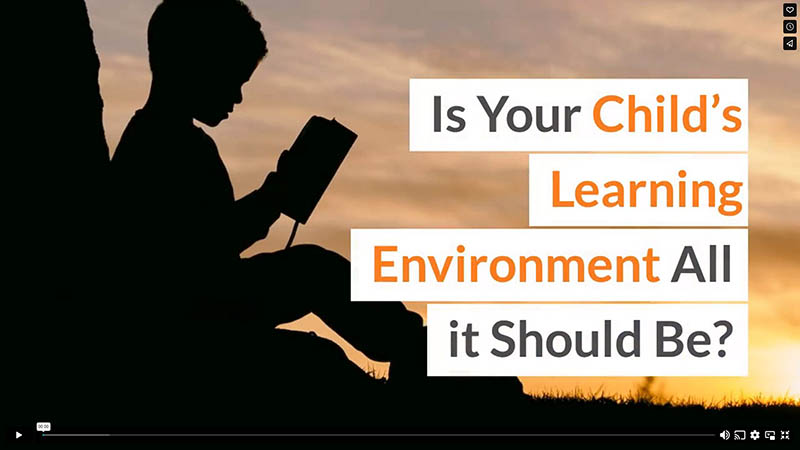A private Christian school is an excellent option for those who want to place their kids in a faith-based learning environment that ties the Bible into its curriculum and encourages critical thinking. Keep reading If you’re curious about how a Christian school helps children become critical thinkers.
A Structured Curriculum and a Strong Focus Values
Christian schools provide a unique learning environment that can help children develop critical thinking skills. They offer a structured curriculum that encourages children to think outside the box and explore different ways of approaching a problem. Additionally, Christian schools often have a strong emphasis on moral and ethical education, which can help children to develop a strong sense of right and wrong. This can help them to develop their own sense of morality and make decisions that are based on ethical principles.
Furthermore, Christian schools often have a strong focus on community and service. This can help children to develop a sense of responsibility and empathy for others. By engaging in activities such as volunteering and helping out in the community, children can learn to think critically about how their actions can affect others. This can help them to develop a sense of compassion and understanding for the world around them.
Providing a Holistic Learning Environment
A Christian school is a faith-based educational institution that aims to provide a holistic learning experience, nurturing students’ academic skills and spiritual, moral, and social growth.
One of the essential skills that a Christian school can help develop in children is critical thinking. By promoting a rigorous curriculum, fostering a safe and supportive learning environment, and encouraging engagement with diverse perspectives, these schools enable students to become critical thinkers who can analyze, evaluate, and create solutions to problems.
1. Rigorous Curriculum
Christian schools often offer a challenging curriculum that integrates faith-based principles with academic subjects, enabling students to apply their religious values to their studies. This integration helps children develop critical thinking skills as they are encouraged to analyze complex problems and evaluate solutions within a moral framework. Moreover, the curriculum emphasizes a well-rounded education, including subjects such as science, mathematics, literature, and social studies, which expose students to various ways of thinking and problem-solving.
2. Supportive Learning Environment
A Christian school creates a supportive learning environment that nurtures the development of critical thinking skills. These schools encourage open discussions and collaborative problem-solving by promoting respect, empathy, and responsibility. In this context, students feel safe to ask questions, express their opinions, and engage in healthy debates without fear of ridicule or judgment. This freedom allows them to explore different ideas, challenge assumptions, and develop their critical thinking ability.
3. Encouragement of Diverse Perspectives
Christian schools foster an appreciation for diverse perspectives by exposing students to various cultures, traditions, and viewpoints. As a result, children learn to engage with others who may hold different beliefs, promoting tolerance and understanding. This exposure to diverse perspectives encourages students to think critically about their own beliefs, consider alternative viewpoints, and evaluate the merits of different arguments. In doing so, they develop the ability to synthesize ideas, adapt their thinking, and make informed decisions.
A Christian school plays a vital role in helping children develop critical thinking skills through its rigorous curriculum, supportive learning environment, and promotion of diverse perspectives. By integrating faith-based values into academic subjects and fostering open discussions, students are challenged to think critically, analyze complex problems, and make informed decisions. Developing these skills is essential for students to become responsible, thoughtful, and compassionate individuals who can effectively navigate the complexities of modern society.
They Teach Students To Think Biblically
A Christian school can help children develop critical thinking by teaching them to think biblically. This involves understanding biblical principles and practically applying them when considering various life decisions. Through discussions, activities, and presentations, teachers at a Christian school can help students learn how to analyze problems analytically with the ultimate goal of making good decisions that align with their faith.
In addition, they can guide students on approaching difficult questions or ethical dilemmas without fear or judgment but with thoughtful consideration and open dialogue. By equipping children with these skills early on, they will be better prepared for higher education which often encourages both sides of an argument being heard before coming up with a solution or decision.
5 Ways a Christian School Can Help Children Develop Critical Thinking Skills
1. Encouraging questioning and inquiry
Christian schools can foster an environment that encourages questioning and inquiry. Students can be taught to ask questions about the world around them and seek answers through research, analysis, and critical thinking.
2. Integrating faith and reason
Christian schools can help students develop critical thinking skills by integrating faith and reason. Students can learn to evaluate different perspectives and worldviews in light of their own faith beliefs.
3. Teaching logic and argumentation
Christian schools can teach students the principles of logic and argumentation, helping them develop critical thinking skills. Students can learn to identify fallacies and biases in arguments and develop their own well-reasoned arguments.
4. Engaging in ethical discussions
Christian schools can engage students in ethical discussions, helping them think critically about complex moral issues. Students can learn to evaluate different ethical theories and apply them to real-world situations.
5. Incorporating interdisciplinary studies
Christian schools can incorporate interdisciplinary studies that require critical thinking. Students can learn to make connections between different subject areas and analyze complex problems from multiple angles.
Overall, a Christian school can help children develop critical thinking skills by fostering an environment of questioning and inquiry, integrating faith and reason, teaching logic and argumentation, engaging in ethical discussions, and incorporating interdisciplinary studies.
Integrating Faith-based and Academic Instruction
A Christian school can play a valuable role in helping children develop critical thinking skills by integrating faith-based teachings with academic instruction.
Here are some ways in which a Christian school can foster critical thinking:
1. Encouraging questioning and dialogue
Christian schools can create an environment that values questions and open dialogue. By encouraging students to ask thoughtful questions about their faith, the Bible, and the world around them, they stimulate critical thinking skills.
Students learn to analyze information, evaluate different perspectives, and construct logical arguments.
2. Teaching biblical interpretation
Christian schools can teach students how to interpret and analyze the Bible critically. This involves studying the historical and cultural context, understanding different genres of biblical literature, and examining various theological perspectives.
Such an approach allows students to engage in critical thinking as they grapple with complex biblical texts.
3. Integrating faith and reason
Christian schools can teach students to integrate their faith with logical reasoning and evidence-based thinking. They can encourage students to explore the relationship between faith and science, faith and philosophy, or faith and ethics.
This helps develop critical thinking skills by promoting intellectual engagement and the ability to reconcile different perspectives.
4. Offering a broad curriculum
Christian schools can provide a comprehensive curriculum that encompasses a wide range of subjects, including science, literature, history, and the arts.
Exposure to diverse areas of knowledge nurtures critical thinking by challenging students to analyze, evaluate, and synthesize information from different disciplines.
5. Developing analytical skills
Christian schools can prioritize the development of analytical skills in their curriculum.
They can incorporate activities such as problem-solving exercises, research projects, debates, and essay writing that require students to analyze information, weigh evidence, and form well-reasoned arguments.
6. Promoting independent thinking
Christian schools can encourage students to think independently and develop their own convictions.
They can teach students to examine different viewpoints, evaluate evidence, and form their own opinions rooted in critical thinking rather than relying solely on authority or tradition.
7. Engaging with contemporary issues
Christian schools can help students understand and engage with contemporary issues from a Christian perspective.
By discussing topics such as social justice, ethics, environmental stewardship, and global affairs, students can learn to analyze complex issues, consider diverse viewpoints, and develop critical thinking skills that are applicable beyond the classroom.
This is a crowdsourced article. Contributors’ statements do not necessarily reflect the opinion of this website, other people, businesses, or other contributors.






















